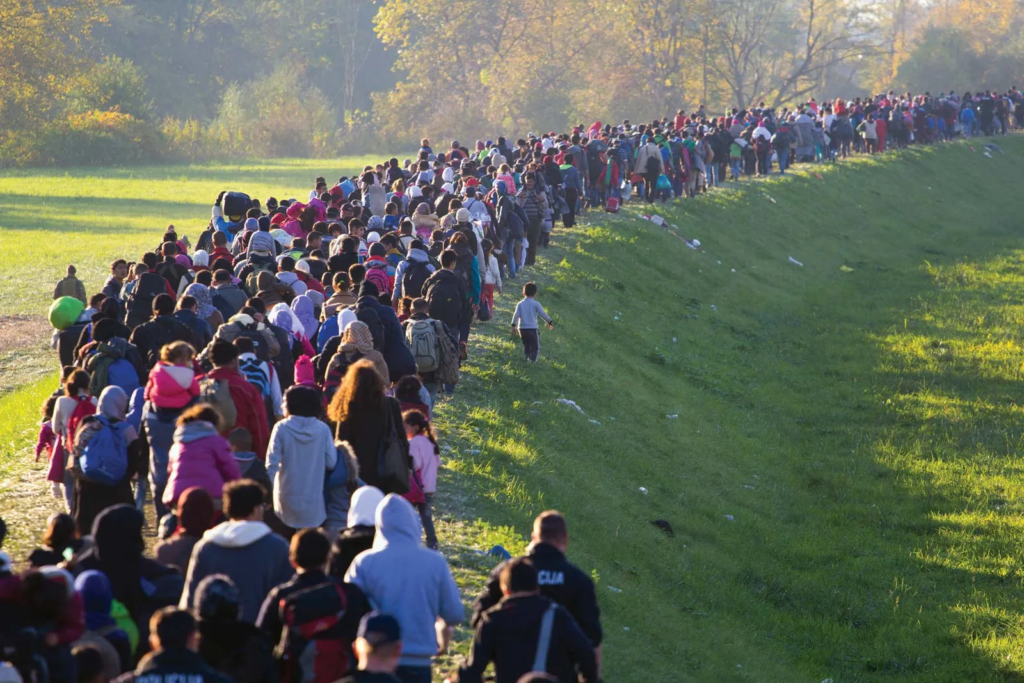Migration
migration by Delta publications
key notes:

Definition of Migration
- Migration refers to the movement of people, animals, or organisms from one place to another, often over long distances and for a certain period of time.
Types of Migration
Human Migration: Refers to people moving from one country, region, or place to another.
Internal Migration: Movement within the same country, such as moving from rural to urban areas.
External Migration: Movement across country borders, also called international migration.
Animal Migration: The seasonal movement of animals from one habitat to another, usually for feeding or breeding purposes.
- Examples: Birds flying south for the winter, salmon returning to rivers to spawn.
Causes of Migration
Push Factors: Conditions that drive people to leave their home countries or regions. These include:
- Economic hardship (e.g., lack of jobs)
- Political instability or persecution
- Environmental disasters (e.g., floods, droughts)
- Lack of freedom or rights
Pull Factors: Conditions that attract people to a new location. These include:
- Better job opportunities
- Improved living conditions
- Political stability
- Access to education and healthcare
- Climate or environmental advantages
Effects of Migration
Positive Effects:
- Cultural exchange and diversity
- Economic growth through labor and innovation
- Improved standards of living for migrants
- Filling labor shortages in destination areas
Negative Effects:
- Overcrowding in urban areas
- Pressure on local resources like healthcare, education, and housing
- Displacement of indigenous populations
- Social conflicts and tensions
Historical and Modern Migration
- Historical Migration: Examples include the movement of early humans across continents or the forced migration of slaves.
- Modern Migration: Often driven by factors such as war, climate change, and globalization.
Refugees and Asylum Seekers
- Refugees are people who are forced to flee their country due to war, persecution, or natural disasters.
- Asylum Seekers are people who seek refuge in another country and await recognition as refugees.
Immigration Policies
- Countries have immigration laws that regulate who can enter, stay, and work.
- Some countries have open policies, while others have strict regulations on the number of immigrants they allow.
Environmental Impact of Migration
- Migration can have both positive and negative effects on the environment.
- Overpopulation in certain areas can lead to habitat destruction, while migration may help balance populations in areas with fewer resources.
Global Migration Trends
- Migration trends can be influenced by economic, social, and political factors. The rise of technology and global communication has made international migration more accessible.
Conclusion
- Migration is a natural phenomenon that impacts economies, cultures, and societies. It is important to understand the causes and consequences to address the challenges and opportunities migration presents.
Let’s practice!

